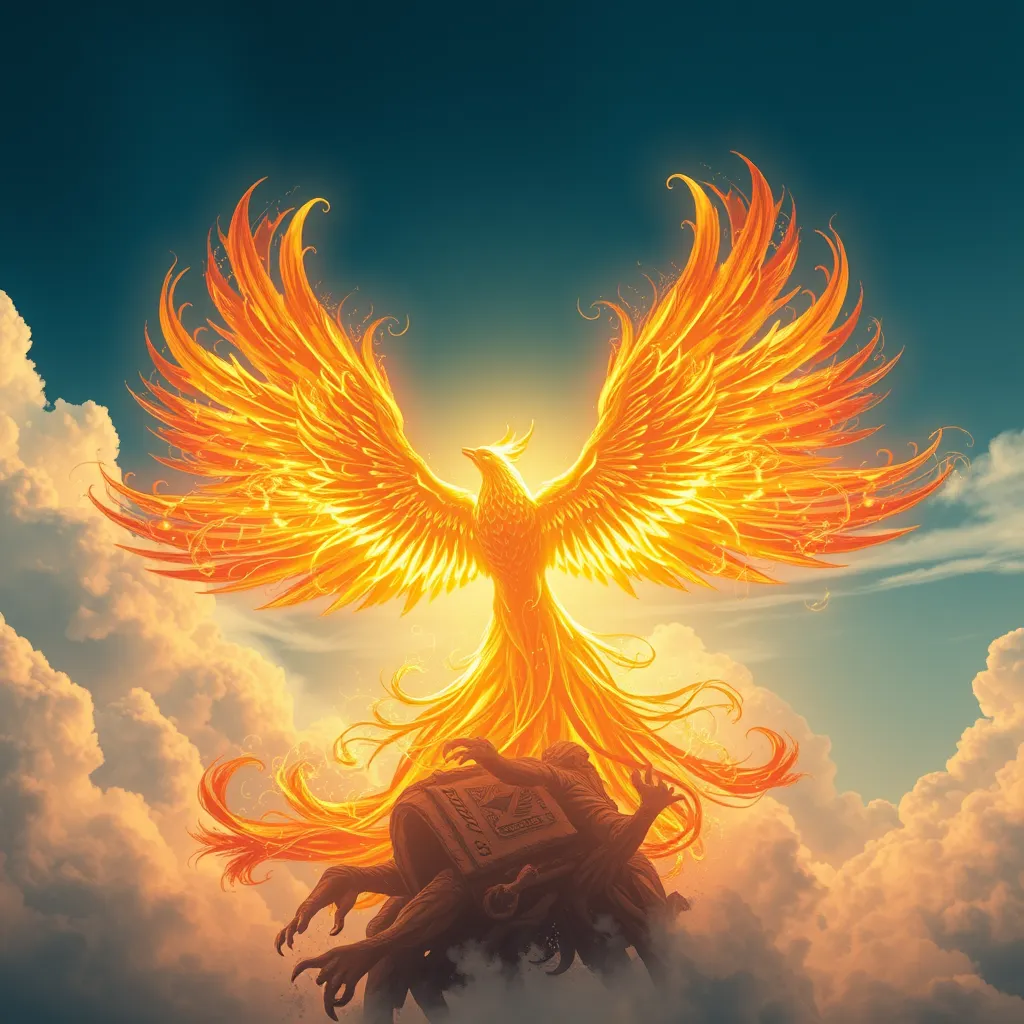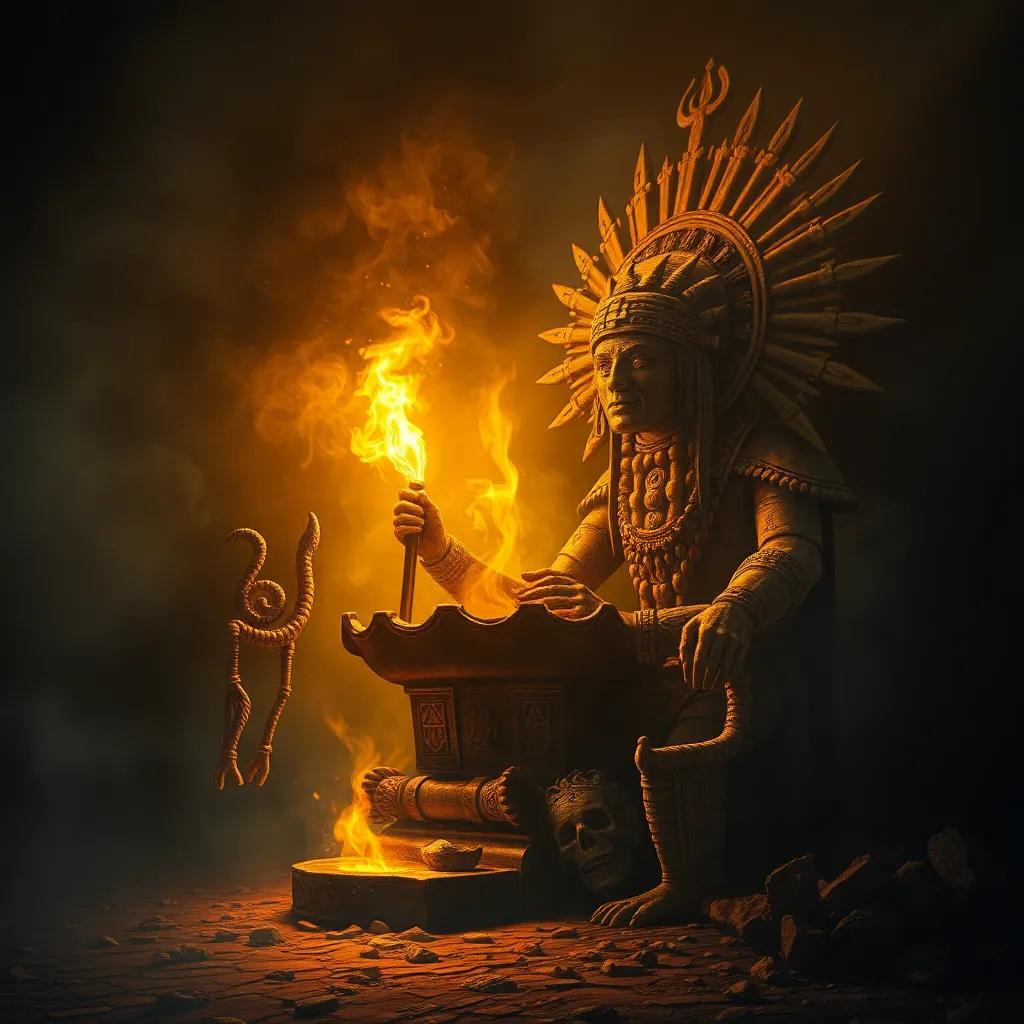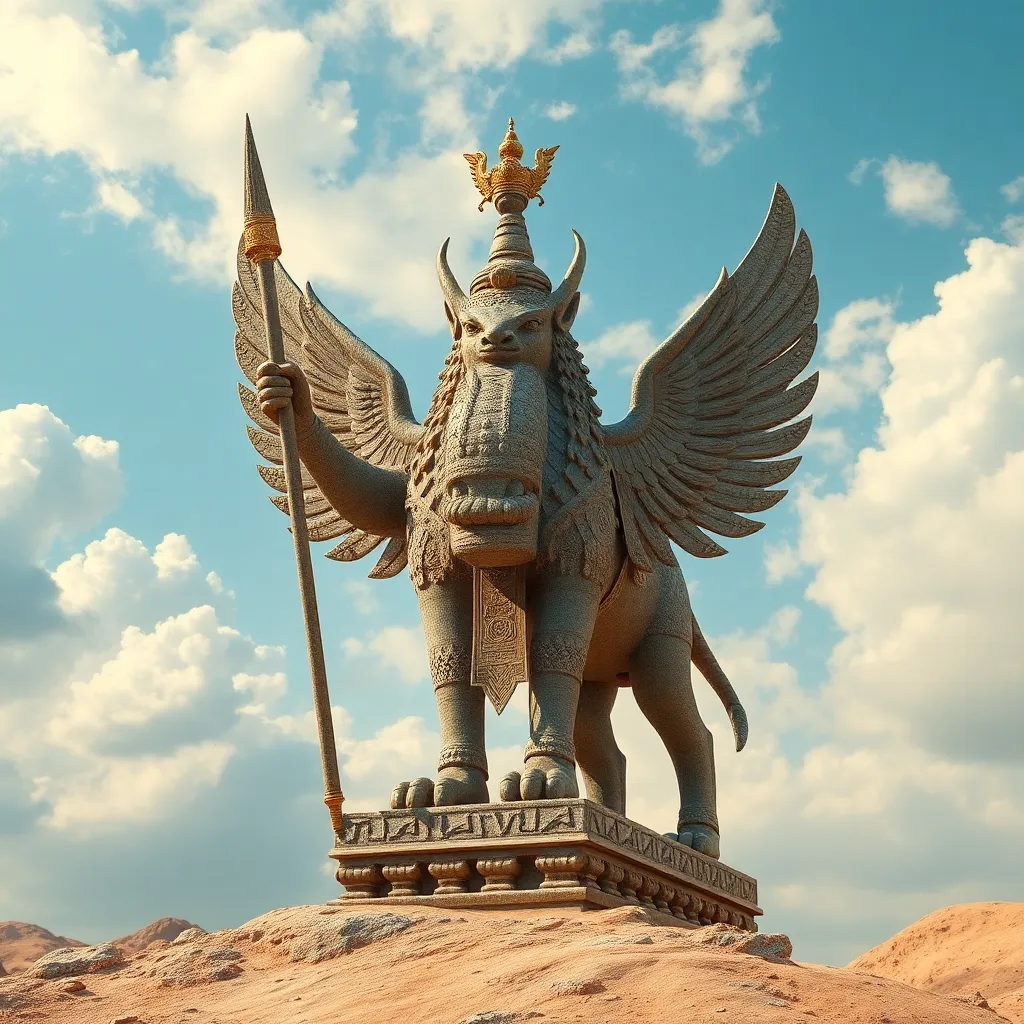Orcish Rituals & Ceremonies: Unmasking the Sacred Practices of Orcish Peoples
I. Introduction
Rituals and ceremonies hold a profound significance in Orcish culture, serving as vital expressions of identity, spirituality, and community connection. These practices reflect the Orcish peoples’ deep ties to their ancestors, the natural world, and the communal bonds that sustain their societies. This article aims to explore the multifaceted rituals and ceremonies of Orcish culture, highlighting their historical context, key spiritual themes, and contemporary adaptations.
II. Historical Context of Orcish Rituals
The origins of Orcish rituals can be traced back to ancient traditions, rooted in the belief systems and practices of early Orcish tribes. Over time, these rituals evolved, adapting to the changing dynamics of different clans and regions.
As Orcish tribes came into contact with external cultures, many of their ceremonies absorbed influences from neighboring societies. This blending of traditions enriched Orcish rituals, creating a diverse tapestry of practices that reflect both their unique identity and shared human experiences.
A. Origins of Orcish rituals in ancient traditions
Historically, Orcish rituals often centered around the cycles of nature, agricultural practices, and the veneration of spirits believed to inhabit the land. These ancient rites were designed to ensure harmony with the environment and the prosperity of the community.
B. Evolution of ceremonies through different Orcish tribes and clans
As Orcish societies evolved, so too did their ceremonies. Different tribes developed unique practices that reflected their geographic locations, resources, and social structures. For instance, coastal clans might incorporate maritime themes into their rituals, while those in mountainous regions may honor the spirits of the peaks.
C. Influence of external cultures on Orcish practices
The encounters with other cultures, including humans and elves, introduced new elements to Orcish rituals, such as different musical instruments, dance styles, and even spiritual beliefs. These interactions led to a dynamic exchange of ideas that enriched Orcish ceremonial life.
III. Key Themes in Orcish Spiritual Beliefs
At the heart of Orcish spirituality lie several key themes that shape their rituals and ceremonies:
A. Connection to nature and the land
Orcish peoples maintain a profound connection to nature, viewing the land as sacred. Their rituals often reflect this bond, incorporating elements of the environment, such as stones, plants, and animals, into their sacred practices.
B. Ancestor veneration and the role of forebears in rituals
Ancestors hold a revered place in Orcish spirituality. Rituals often involve invoking the spirits of forebears, seeking their guidance and blessings. This connection reinforces the importance of lineage and the continuity of cultural heritage.
C. The importance of community and collective identity
Orcish rituals are typically communal events that foster a sense of belonging and collective identity. These gatherings not only celebrate individual milestones but also strengthen the bonds among community members.
IV. Major Orcish Ceremonies
Orcish culture encompasses a variety of significant ceremonies that mark key life events:
A. Birth and Coming-of-Age Ceremonies
1. Rituals surrounding birth and naming
Birth ceremonies are joyous occasions, often accompanied by feasting and communal celebration. Naming rituals may involve the use of ancestral names or names that reflect the child’s characteristics or the circumstances of their birth.
2. Initiation rites for young Orcs
Coming-of-age ceremonies signify the transition from childhood to adulthood. These rites often include challenges or tests of strength and wisdom, symbolizing the young Orc’s readiness to take on adult responsibilities.
B. Marriage and Union Ceremonies
1. Traditional practices in Orcish weddings
Orcish weddings are vibrant affairs, celebrated with music, dance, and communal feasting. The ceremonies often include the exchange of tokens or symbolic gifts that represent unity and commitment.
2. Symbolism of unity and kinship
The symbolism inherent in marriage ceremonies underscores the importance of family and kinship in Orcish culture. Unions are seen as not only personal commitments but also as alliances that strengthen community ties.
C. Death and Mourning Rituals
1. Celebrating life and honoring the deceased
Death is treated with a mixture of reverence and celebration in Orcish culture. Mourning rituals often involve storytelling, sharing memories, and honoring the deceased’s contributions to the community.
2. The role of funerary customs in Orcish beliefs
Funerary customs may include burial or cremation, along with the placement of sacred items or totems to guide the deceased’s spirit. These practices reflect a belief in the ongoing connection between the living and the dead.
V. Sacred Objects and Symbols
Orcish rituals often incorporate a variety of sacred objects and symbols, each carrying its own significance:
A. Overview of important artifacts used in rituals
Artifacts such as ceremonial weapons, totems, and ancestral masks play a crucial role in Orcish ceremonies, serving as conduits for spiritual energy and connection.
B. Symbolic meanings of colors, totems, and markings
Colors often represent different aspects of life and nature, while totems may symbolize clan identity or spiritual guardians. Body markings or tattoos can signify achievements or spiritual connections.
C. The role of music and dance in enhancing ceremonies
Music and dance are integral to Orcish rituals, providing a medium for expression and connection to the spiritual realm. Rhythmic drumming and communal dancing foster a sense of unity and celebration.
VI. The Role of Shamanism and Spiritual Leaders
Shamans and spiritual leaders hold a central role in guiding Orcish rituals:
A. The function of shamans in guiding rituals
Shamans are seen as intermediaries between the spiritual and physical worlds, guiding ceremonies and invoking the presence of ancestral spirits.
B. Training and responsibilities of spiritual leaders
Becoming a shaman involves rigorous training and a deep understanding of Orcish traditions and spiritual beliefs. Responsibilities include conducting rituals, healing practices, and community guidance.
C. The interface between Orcish spirituality and nature
Shamans often emphasize the interconnectedness of all living beings, advocating for respect and harmony with nature. This relationship is fundamental to Orcish spiritual practices.
VII. Contemporary Practices and Adaptations
As Orcish communities navigate the challenges of modernity, many strive to preserve their traditional rituals while adapting to contemporary influences:
A. Preservation of traditional rituals in modern Orcish communities
Efforts to maintain traditional ceremonies are evident in various Orcish communities, where elders pass down knowledge and practices to younger generations.
B. Influence of globalization on Orcish ceremonies
Globalization has led to the incorporation of new elements into Orcish rituals, as community members engage with diverse cultures and ideas. This blending can enrich their practices while also posing challenges to traditional customs.
C. Examples of revitalization efforts and cultural exchange
Many Orcish communities are actively involved in cultural exchange programs, workshops, and festivals that promote understanding and appreciation of their heritage. These initiatives help revitalize interest in traditional practices.
VIII. Conclusion
In conclusion, Orcish rituals and ceremonies are a rich tapestry of cultural significance, reflecting deep connections to nature, ancestors, and community. Understanding these practices is essential for appreciating the diversity of human experience and the importance of respecting cultural heritage. As we explore and celebrate the richness of Orcish traditions, we are reminded of the universal themes that bind us all in our quest for identity, connection, and meaning.



